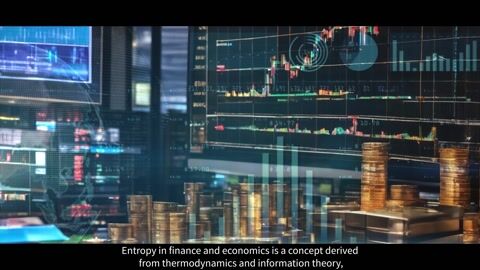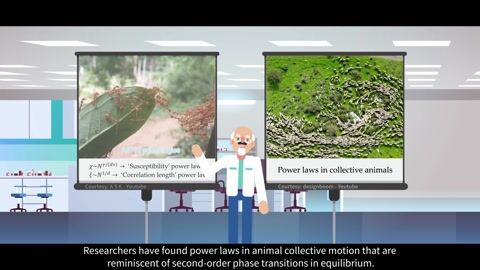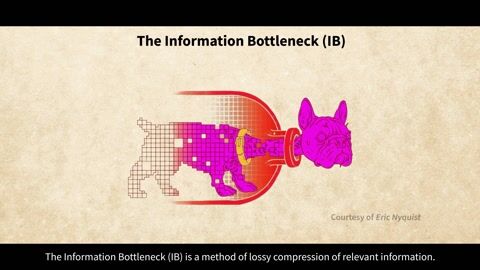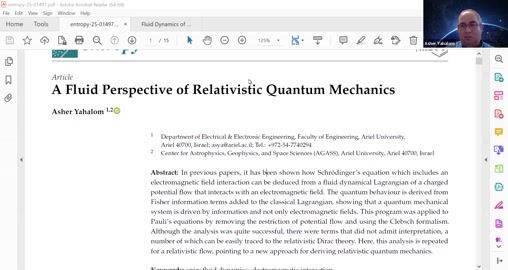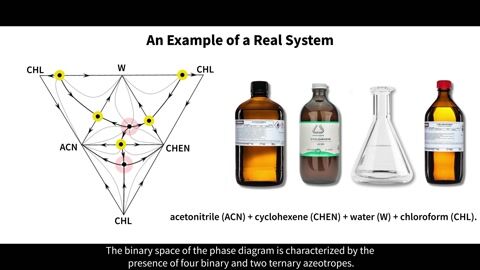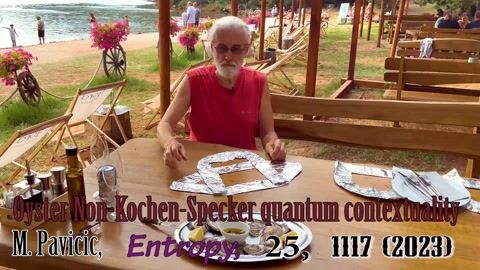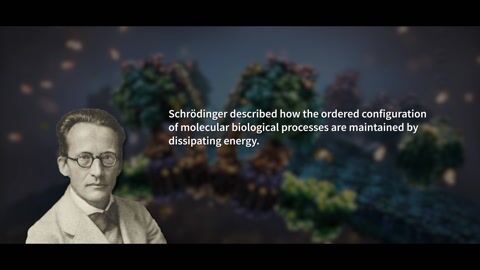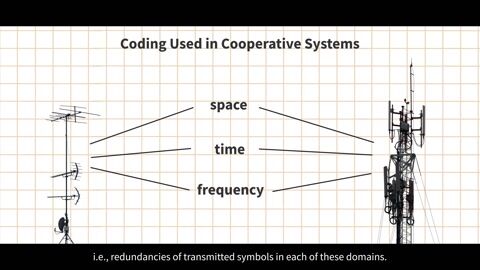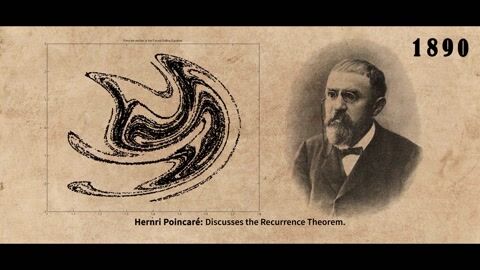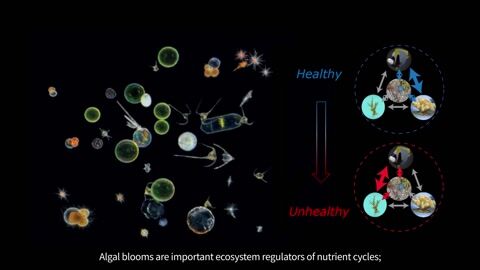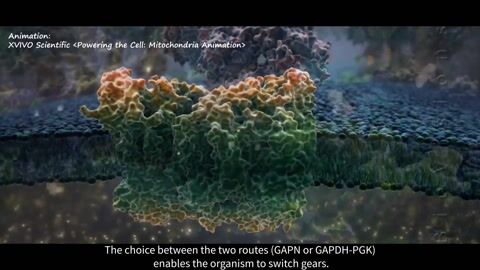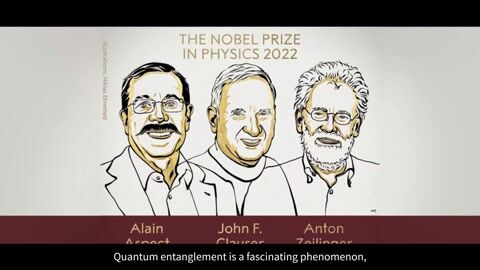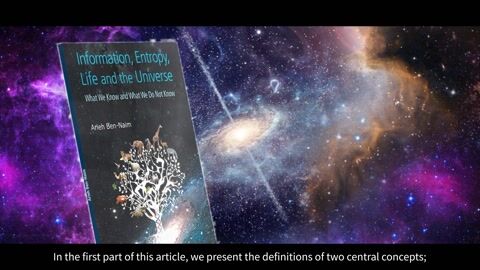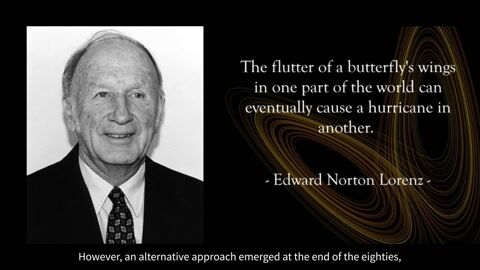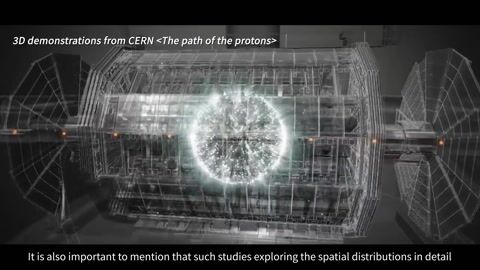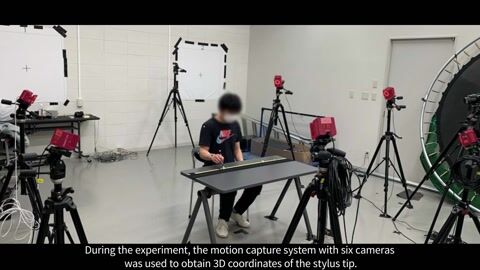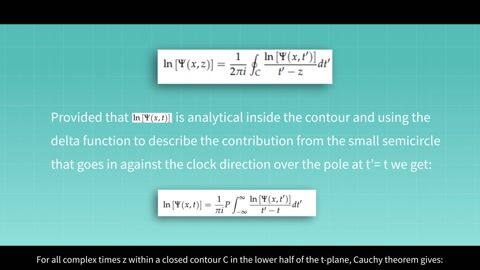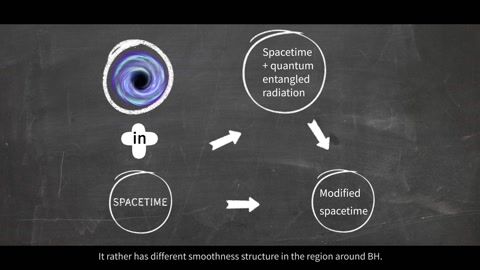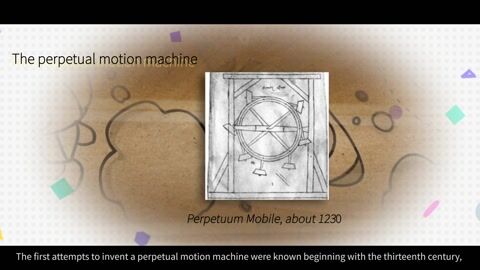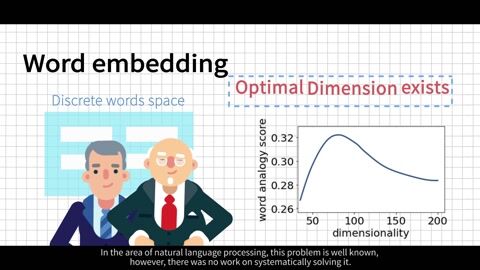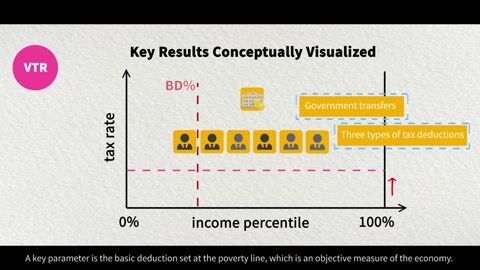You're using an outdated browser. Please upgrade to a modern browser for the best experience.
Voter-like Dynamics with Conflicting Preferences on Modular Networks
- Subjects: Mathematics, Interdisciplinary Applications; Physics, Applied; Social Sciences, Mathematical Methods
- |
- Contributors:
- Filippo Zimmaro ,
- Pierluigi Contucci ,
- János Kertész
03:31
13:18
04:36
Playlist
03:31
13:18
04:36
- sociophysics
- opinion dynamics
- agent-based models
- networks
Video Introduction
This video is adapted from 10.3390/e25060838
Two of the main factors shaping an individual’s opinion are social coordination and personal preferences, or personal biases. To understand the role of these and that of the topology of the network of interactions, we study an extension of the voter model proposed by Masuda and Redner[1][2], where the agents are divided into two populations with conflicting preferences. We consider a modular graph with two communities that reflect the bias assignment, modeling the phenomenon of epistemic bubbles[3].
References
Full Transcript
${ textCharacter }/${ maxCharacter }
Submit
Cancel
Back
Comments
${ item }
|
More
No more~
There is no comment~
${ textCharacter }/${ maxCharacter }
Submit
Cancel
${ selectedItem.replyTextCharacter }/${ selectedItem.replyMaxCharacter }
Submit
Cancel
Confirm
Are you sure to Delete?
Yes
No
Cite
If you have any further questions, please contact Encyclopedia Editorial Office.
Zimmaro, F.; Contucci, P.; Kertész, J. Voter-like Dynamics with Conflicting Preferences on Modular Networks. Encyclopedia. Available online: https://encyclopedia.pub/video/video_detail/944 (accessed on 25 December 2025).
Zimmaro F, Contucci P, Kertész J. Voter-like Dynamics with Conflicting Preferences on Modular Networks. Encyclopedia. Available at: https://encyclopedia.pub/video/video_detail/944. Accessed December 25, 2025.
Zimmaro, Filippo, Pierluigi Contucci, János Kertész. "Voter-like Dynamics with Conflicting Preferences on Modular Networks" Encyclopedia, https://encyclopedia.pub/video/video_detail/944 (accessed December 25, 2025).
Zimmaro, F., Contucci, P., & Kertész, J. (2023, October 25). Voter-like Dynamics with Conflicting Preferences on Modular Networks. In Encyclopedia. https://encyclopedia.pub/video/video_detail/944
Zimmaro, Filippo, et al. "Voter-like Dynamics with Conflicting Preferences on Modular Networks." Encyclopedia. Web. 25 October, 2023.
Copy Citation






